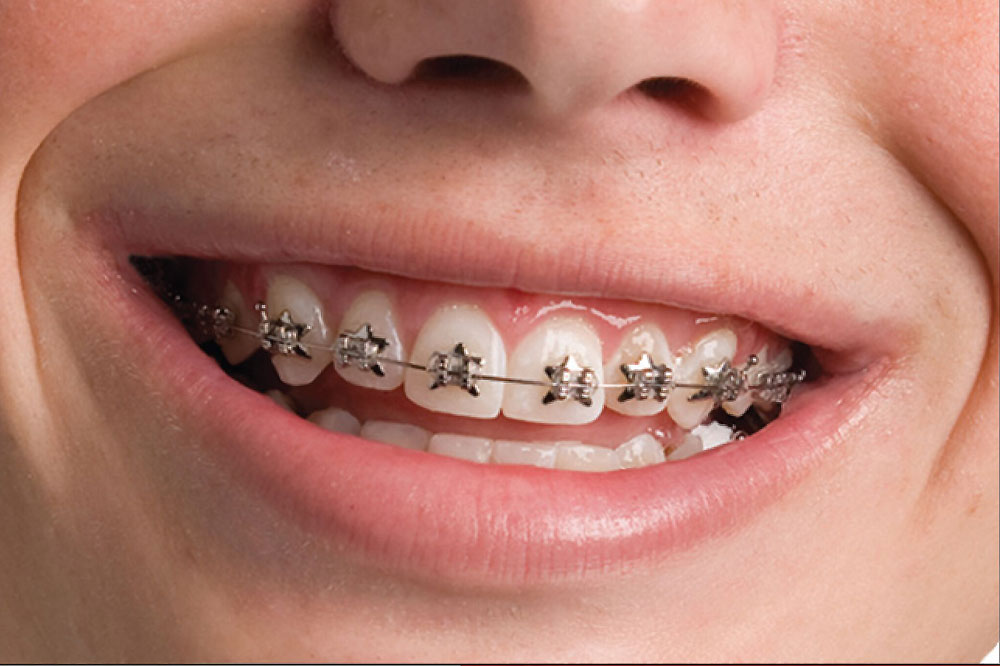Comprehensive Guide to Orthodontics Procedures for Remedying Oral Misalignments
In the realm of orthodontics, the trip to attaining a perfectly lined up smile entails a myriad of treatments tailored to correct dental imbalances. From typical dental braces to unnoticeable aligners and even medical alternatives, the area of orthodontics supplies a series of services to attend to differing levels of oral abnormalities. Understanding the intricacies of each procedure, including their systems, benefits, and possible downsides, is crucial in making informed decisions about one's orthodontic treatment. As we navigate through the extensive guide to orthodontic procedures for fixing dental misalignments, the elaborate details of each technique will unfold, clarifying the course towards a unified and functional dental alignment.
Orthodontic Procedures Review

Normal adjustments and tracking are crucial components of orthodontic treatment to make sure development is on track and to make any kind of needed adjustments along the means. By undertaking orthodontic procedures, individuals can not only achieve a straighter grin yet likewise enhance their total oral health and wellness and feature.
Standard Dental Braces: Just How They Function
When thinking about orthodontic therapies for dental imbalances, conventional braces stand out as a reliable technique for correcting teeth placing. Conventional dental braces consist of brackets, cords, and bands that function together to use constant stress on the teeth, slowly relocating them into the desired placement.
As stress is used to the teeth via the dental braces, the bone bordering the teeth is improved to sustain the brand-new tooth positions. Patients will need regular adjustments at the orthodontist's office to ensure the braces proceed to apply the correct pressure for effective teeth movement.
Invisible Aligners: Benefits And Drawbacks
These clear, customized trays are essentially unnoticeable when worn, making them an enticing alternative for individuals seeking a more aesthetically pleasing orthodontic therapy. People can get rid of the aligners before eating or brushing their teeth, decreasing the risk of food getting stuck in the device and simplifying the cleansing process.

Surgical Orthodontic Options
Surgical interventions in orthodontics present practical choices for attending to complicated oral misalignments that may not be efficiently fixed with traditional orthodontic treatments. While unnoticeable aligners and conventional braces can correct many orthodontic issues, particular instances call for medical intervention to achieve optimal results. Surgical orthodontic alternatives are commonly advised for extreme malocclusions, substantial jaw disparities, and situations where the underlying bone structure needs alteration to accomplish proper alignment.
One usual medical orthodontic procedure is orthognathic surgery, which entails rearranging the jaws to fix functional concerns such as problem eating or talking. This surgical treatment is frequently executed in cooperation with an orthodontist the dentist office who helps straighten the teeth before and after the treatment. Surgical orthodontics might also entail procedures to expose affected teeth, remove excess periodontal tissue, or reshape the jawbone to develop a more unified facial account.
Before taking into consideration surgical orthodontic alternatives, clients undertake an extensive evaluation to figure out the necessity and possible benefits of such treatments. braces. While surgical procedure may appear difficult, it can significantly enhance both the feature and looks of the smile in cases where traditional orthodontic treatments fail
Retainers and Post-Treatment Treatment

Failing to conform with post-treatment treatment instructions can result in regression, where the teeth slowly move back in the direction of their original placements. Constant retainer wear, good oral hygiene, and regular dental exams are vital for maintaining the results attained via orthodontic surgical procedure and making certain the long-term security of the remedied oral placement.
Final Thought
Finally, orthodontic procedures use numerous choices for correcting dental misalignments. Conventional braces utilize steel braces and wires to change teeth into appropriate alignment. Undetectable aligners give a more very discreet option however might not be appropriate for all cases. Surgical orthodontic options are available for extra severe misalignments. Retainers are frequently made use of post-treatment to preserve the new placement. In general, orthodontic procedures can effectively improve oral health and visual appearance.
As we navigate via the comprehensive overview to orthodontic treatments for fixing oral imbalances, the elaborate information of each method will unravel, losing light on the path toward a practical and unified dental positioning. - cumming braces
One of the most common orthodontic treatments is the usage of dental braces, which consist of metal braces and wires that apply mild stress to slowly change teeth into the desired setting.When considering orthodontic treatments for all about dentistry oral imbalances, traditional braces stand out as a reliable technique for dealing with teeth positioning. In click over here now addition, unnoticeable aligners might not be suitable for complex orthodontic concerns that require even more substantial teeth movement, as they are usually advised for mild to moderate situations. Retainers are tailor-made orthodontic tools developed to hold teeth in their remedied placements after the conclusion of orthodontic therapy.